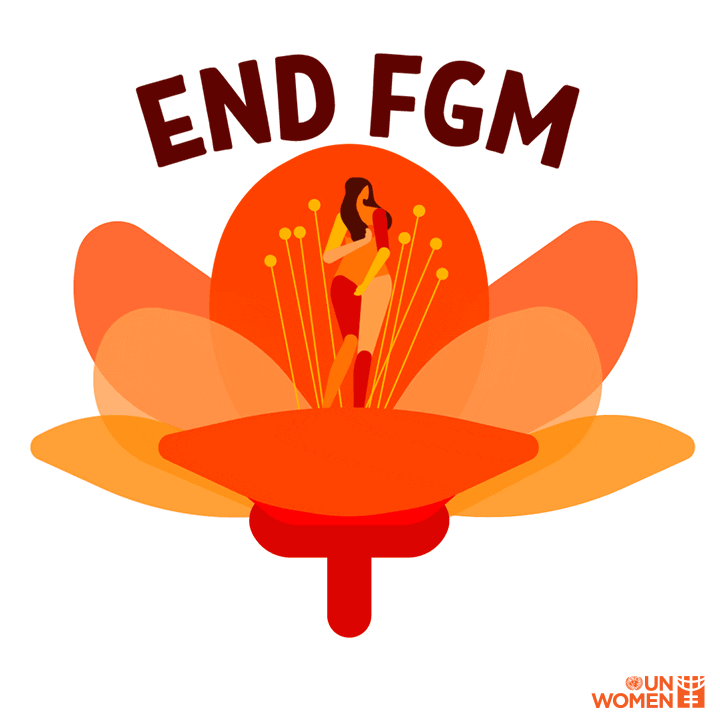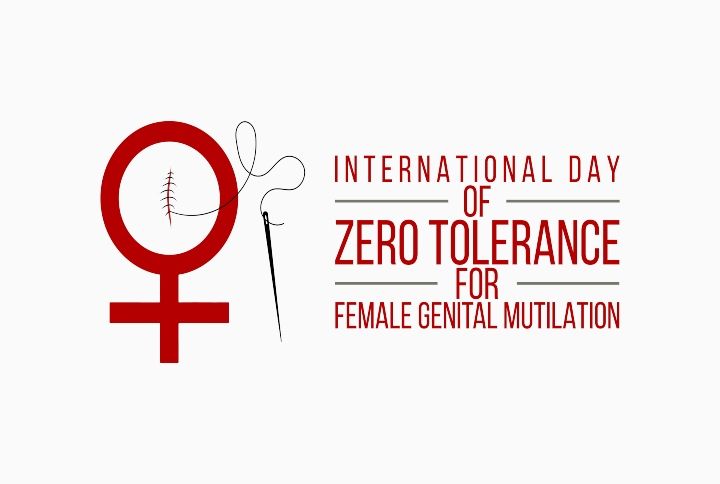Globally, February 6 is observed as ‘International Day of Zero Tolerance for Female Genital Mutilation (FGM)’. It’s a timely reminder to create awareness, amplify voices and focus on the elimination of this practice. According to the United Nations,
Female genital mutilation (FGM) comprises all procedures that involve altering or injuring the female genitalia for non-medical reasons, and is recognised internationally as a violation of the human rights, the health and the integrity of girls and women.
FGM is a universal health and human rights issue. Hence, we feel it’s important to have some common knowledge about it. Read on to know more about this practice, its prevalence, its health effects, the laws on FGM in India, and why FGM should be eliminated.
What Is Female Genital Mutilation?
According to Sahiyo, an active voice against female genital mutilation,
FGM or khatna involves removing parts or all of a woman’s external genitalia. This could range from cutting the tip of the clitoris to removing the inner and outer labia, and in some communities, stitching the labia nearly closed.
Mainly prevalent in Africa and the Middle East, FGM is also practiced in some countries in Asia and Latin America. According to studies, there are at least 92 countries where this practice prevails. In India, the practice is associated with the Dawoodi Bohra community. An investigation conducted by Sahiyo in 2017, found that some Sunni communities in parts of Kerala in southern India also practice FGM.
While there is no particular age at which FGM is performed, within most communities, it may be performed at birth, or before puberty or marriage. In some cases, it may be performed during a woman’s first pregnancy or after the birth of her first child.
It is estimated that 200 million girls and women alive today have been subjected to FGM.

Why Is Female Genital Mutilation Practiced?
The practice of FGM has been around for more than a thousand years. There are many cultural, traditional, and religious justifications offered for the continuation of the practice. But mainly, it is a manifestation of deeply entrenched gender inequality.
According to Sahiyo,
The overarching theme behind the practice is that it preserves the cultural identity of the group. Various justifications are given for why this preservation is needed, such as to control a woman’s sexuality by reducing her ability to obtain sexual fulfilment, which helps maintain the purity of a woman by keeping her a virgin until marriage, and faithful to her husband once married. A third commonly cited justification for genital cutting by Jews, Christians, Muslims, and other indigenous religions is that genital cutting is a religious requirement. Social pressure by family and friends can also create an environment in which female genital cutting is known as an informal or formal requirement for social acceptance, and/or is a marriageability requirement.
Social acceptance, religion, female hygiene, preservation of virginity, marriageability and enhancement of male sexual pleasure are the most common justifications provided by communities practicing FGM.
What Are The Benefits Of Female Genital Mutilation?
The World Health organisation categorically mentions that FGM has no health benefits. It says,
It can lead to not only immediate health risks but also to long-term complications to women’s physical, mental and sexual health and well-being.
Girls who undergo FGM often face short-term complications such as excessive bleeding, infections, severe pain, shock, and difficulty in passing urine. Over the long-term, it can affect their sexual, reproductive and mental health.

What Are The Laws ON FGM In India?
India does not have a specific law against FGM. The Supreme Court of India however, is currently hearing a set of petitions on the issue. According to Sahiyo,
While some petitioners are seeking a legal ban on the practice in India, a counter-petition by the Dawoodi Bohra Women’s Association for Religious Freedom has defended the ritual of female circumcision on the grounds of religious freedom.
Effective laws also need to integrate social change. When laws are introduced in contexts where people are still expected to engage in the practice and fear social punishment if they do not, the practice will continue and maybe driven underground.
To eliminate the practice of FGM, systematic efforts are needed to engage communities and focus on human rights, gender equality, sexual education and attention to the needs of women and girls who suffer from its consequences.
Psychological scars in childhood, fear of female sexuality, lack of consent and women’s rights over their bodies are some of the key factors that drive female genital mutilation to continue being practised. Hence, it’s really important to work towards creating awareness and speak up against this practice.
What are your thoughts on FGM? Please share it with us in the comments below!
Join Girl Tribe By MissMalini on Facebook to be a part of more such conversations.

